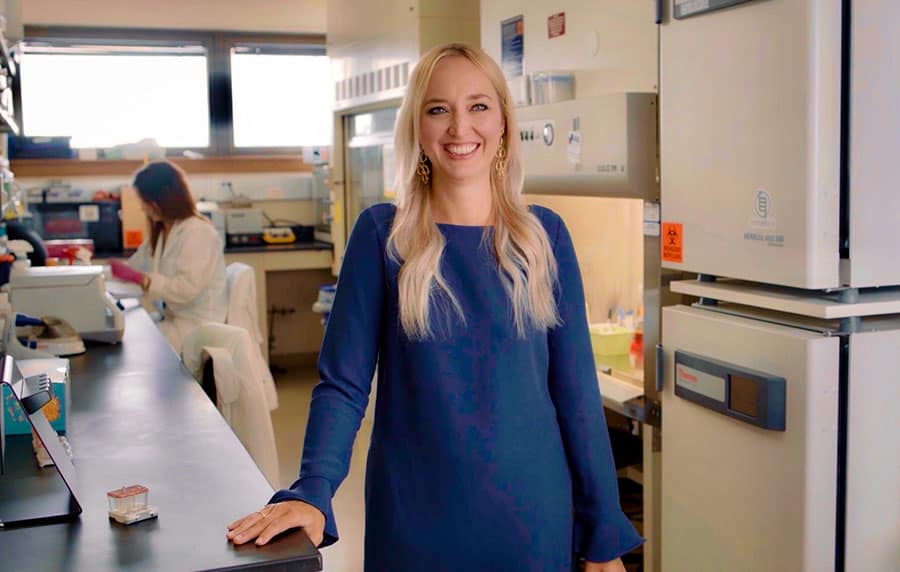
SAA: A Magic 8 Ball for Detecting Infection in Horses?
A veterinarian explains how he uses serum amyloid A to diagnose many equine conditions, plus its limitations.

A veterinarian explains how he uses serum amyloid A to diagnose many equine conditions, plus its limitations.

Find out how to get athletic horses with injuries to the large, complex stifle joint on the road to recovery.

An equine reproduction specialist reviews signs that suggest a mare is in foal and how to find out definitively.

Learn how veterinarians use ultrasound to diagnose many conditions and injuries in horses.

Horses with equine Cushing’s disease need regular assessments to determine their response to pergolide and adjust dosing as needed.

Factors to consider when making an equine Cushing’s disease diagnosis, including testing methods, time of year, and more.

A young Quarter Horse reiner undergoes treatment for a left-hind proximal suspensory ligament injury.

A veterinary podiatrist explains how X rays can be a useful tool for managing horses with chronic laminitis.

Dr. Carrie Shaffer of the University of Kentucky describes how in vitro models will help us better understand how we can prevent and fight disease in horses.

Researcher: Blood sample timing is key when using TRH stimulation to help diagnose PPID.

Veterinary intervention can make itchy horses more comfortable and keep allergies under control. Sponsored by Kinetic Vet.

Learn how serum amyloid A can help veterinarians and owners detect issues in horses early and provide critical time to get ahead of disease, infection, and more. Sponsored by Zoetis.

These programs designed to strengthen airway muscles might help affected horses avoid surgery.

Signs and tests that can help you and your veterinarian quickly identify the various causes of foal diarrhea.

EPM can be difficult to diagnose. Dr. Sarah Colmer explains how veterinarians use a neuro exam, bloodwork, and cerebrospinal fluid to confirm an EPM diagnosis.

From imaging to diagnostic tests, vets have many ways to help horses with EPM, wobbler syndrome, and spinal cord injuries.
Stay on top of the most recent Horse Health news with
"*" indicates required fields